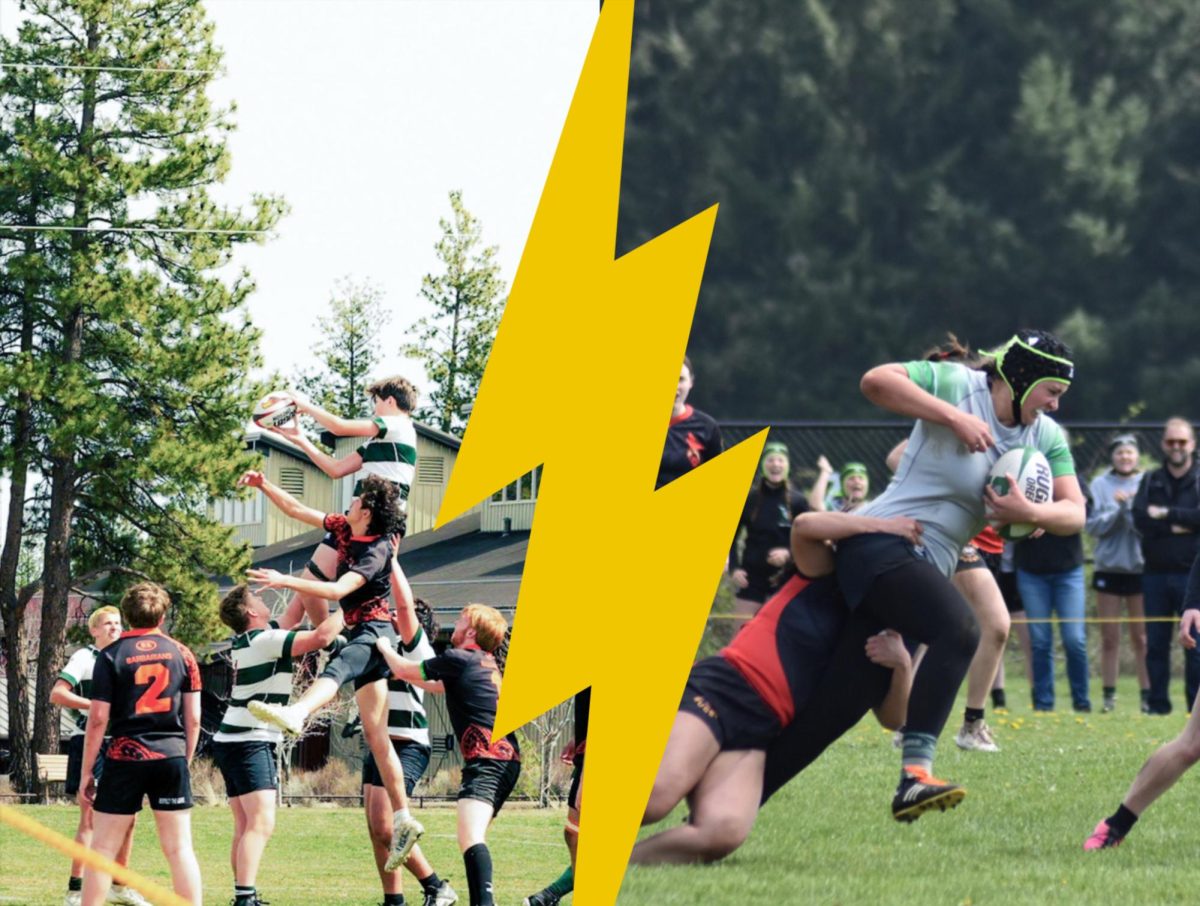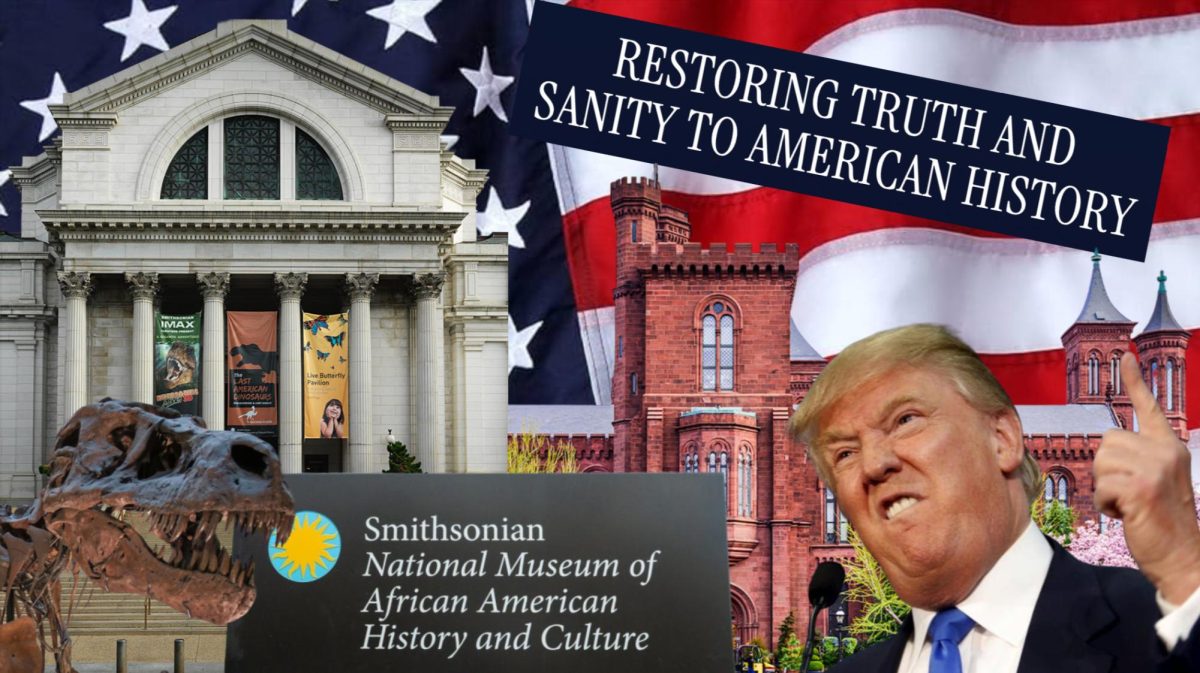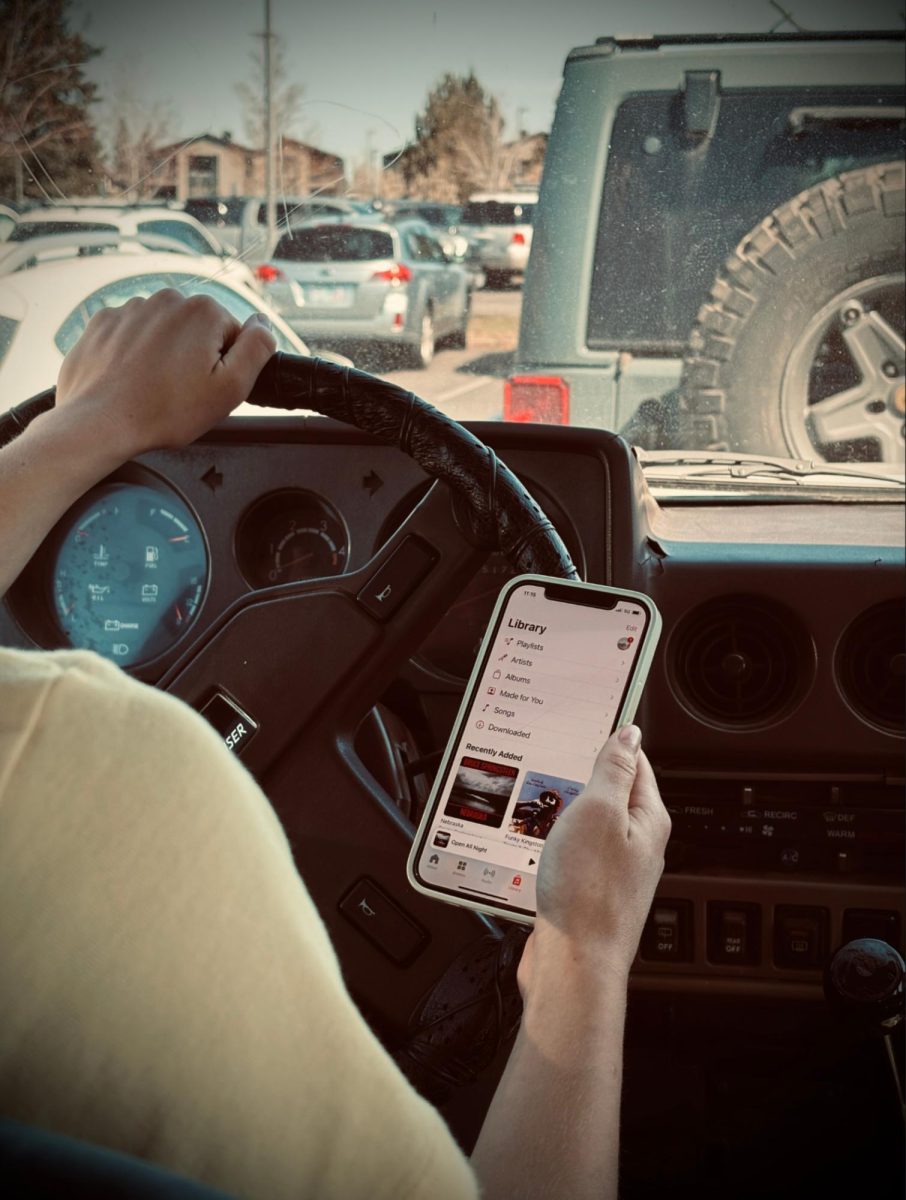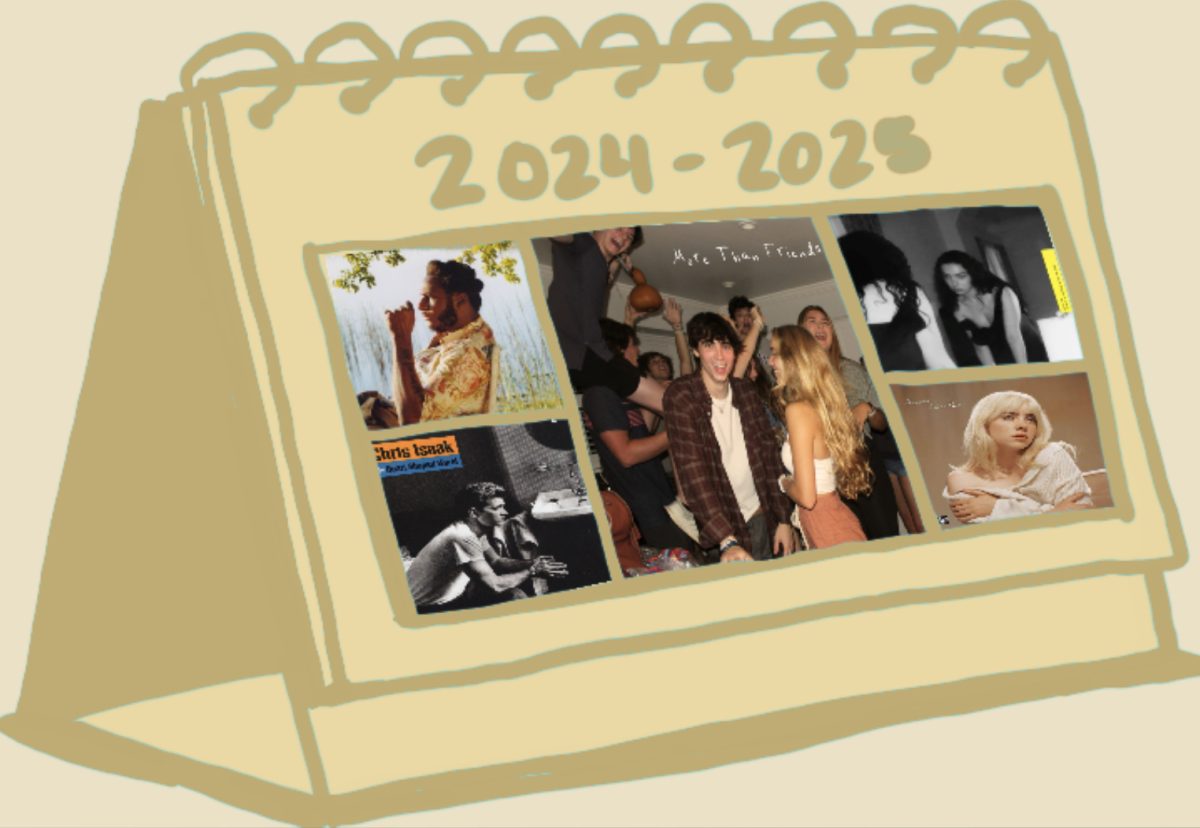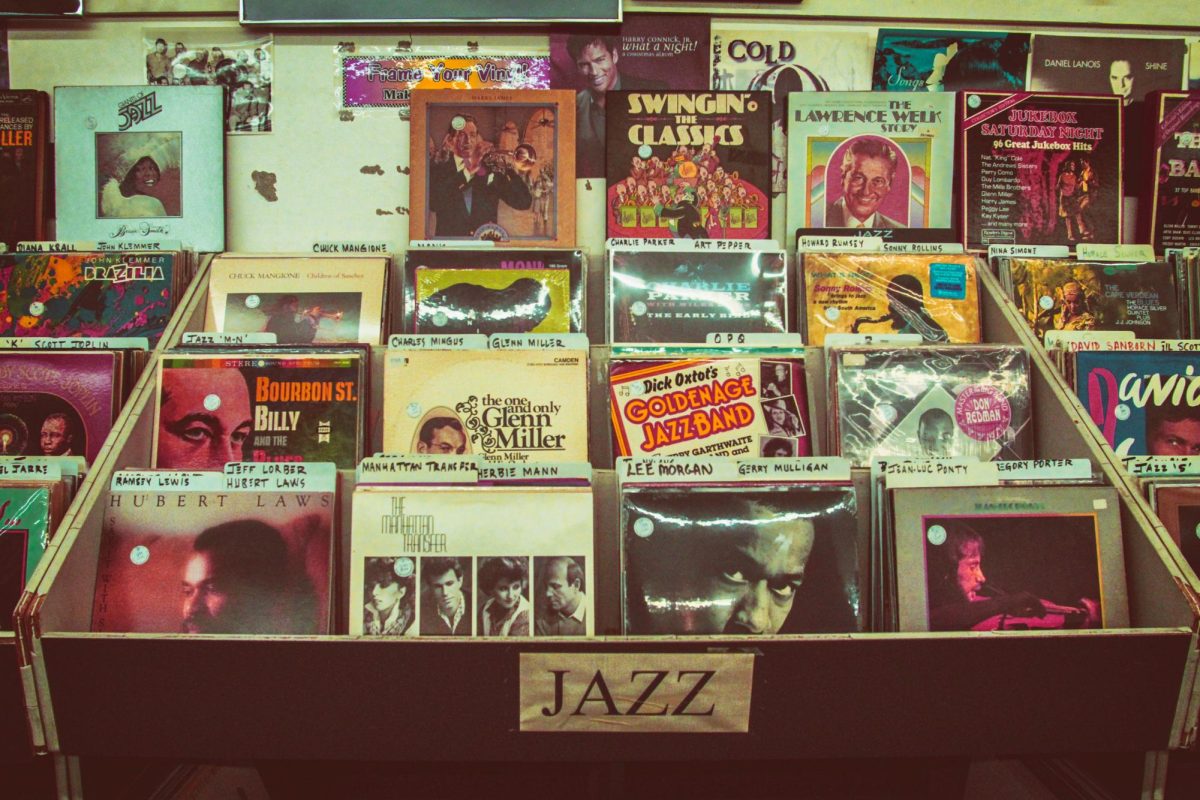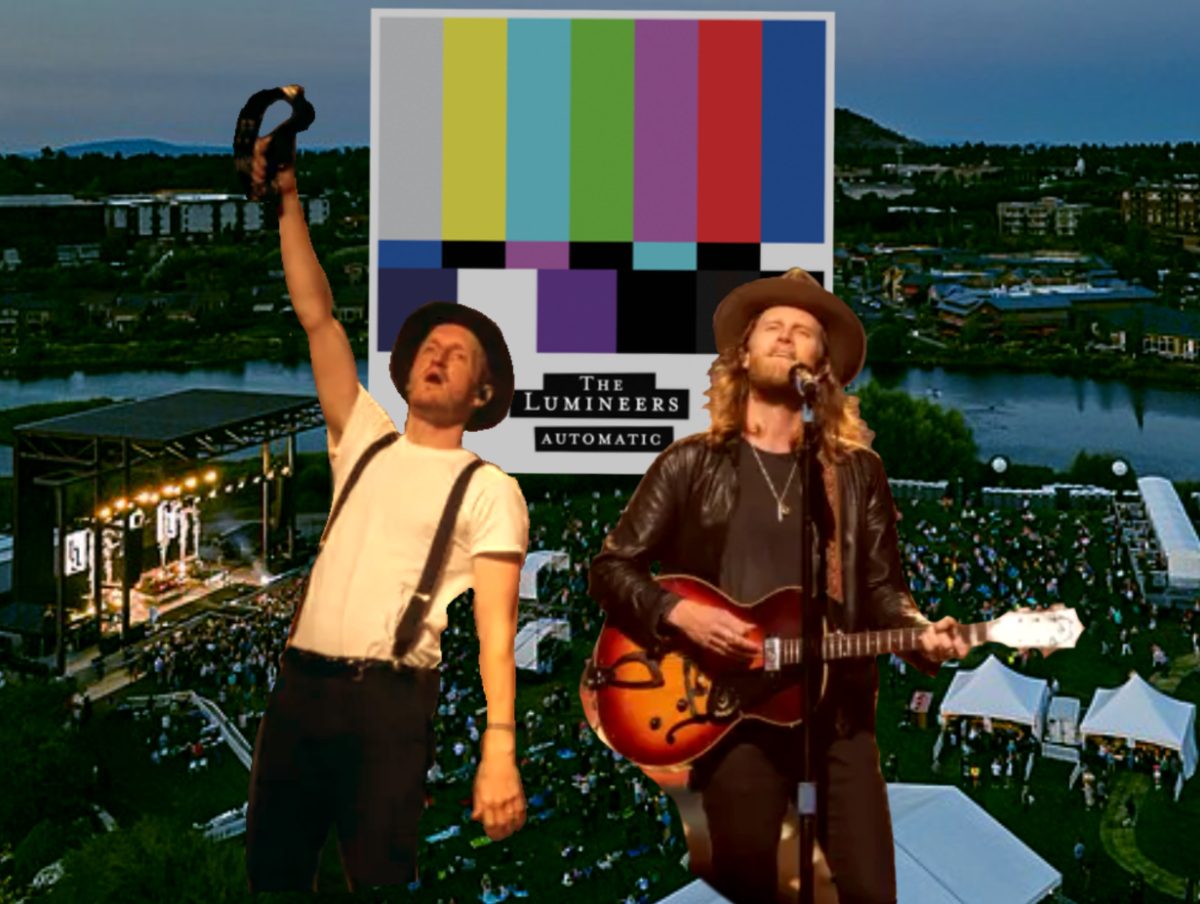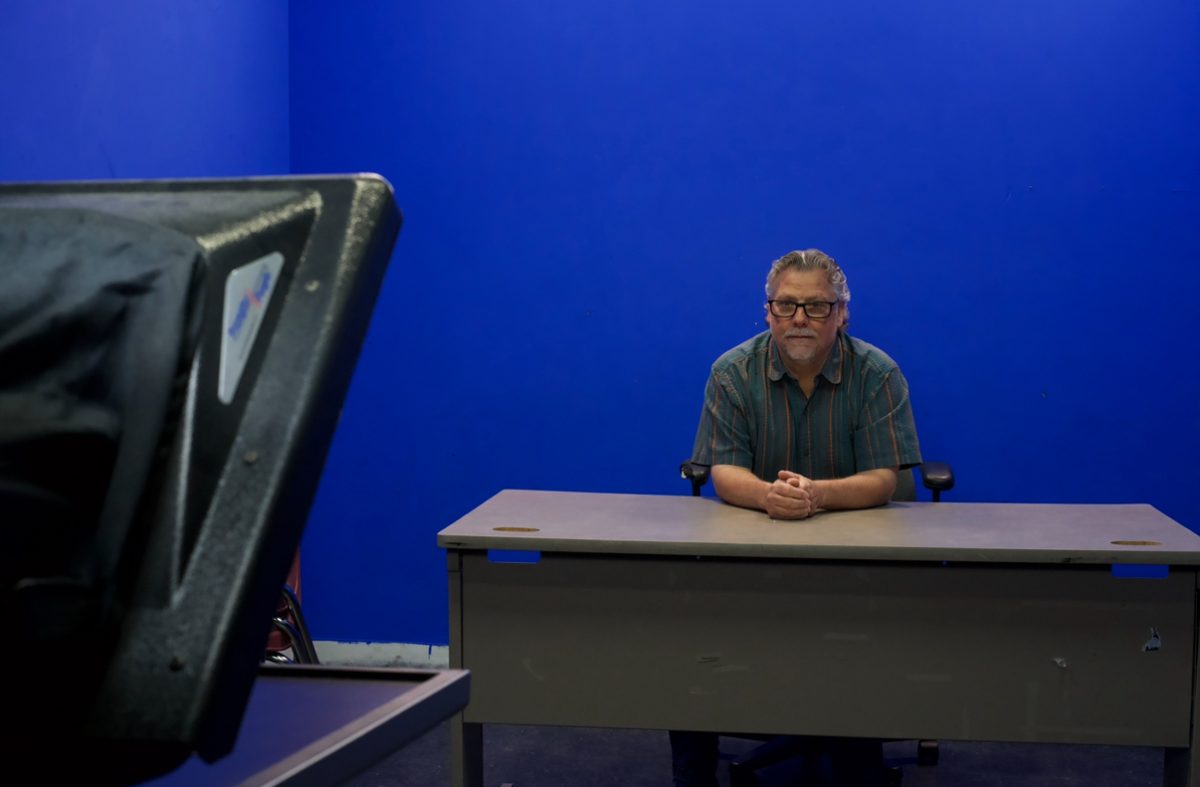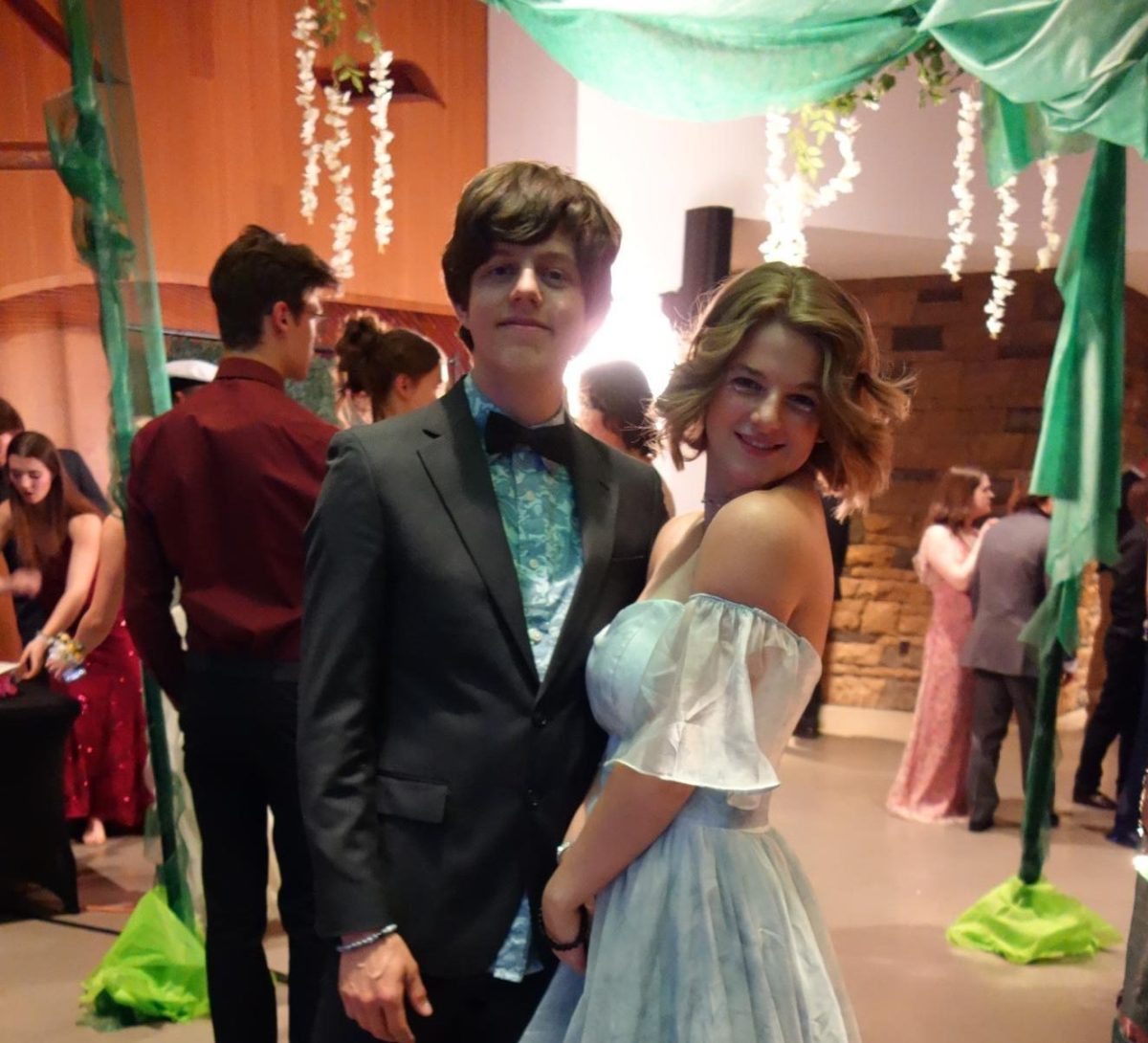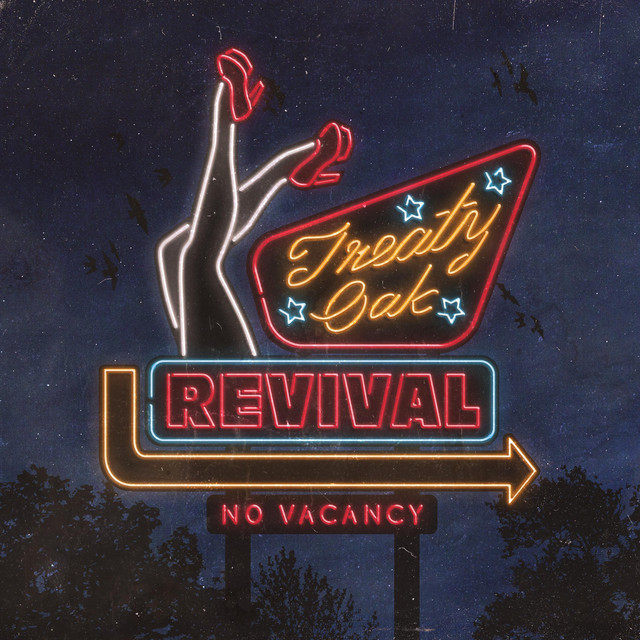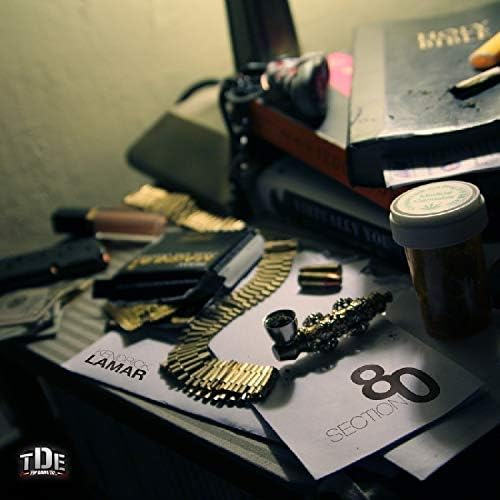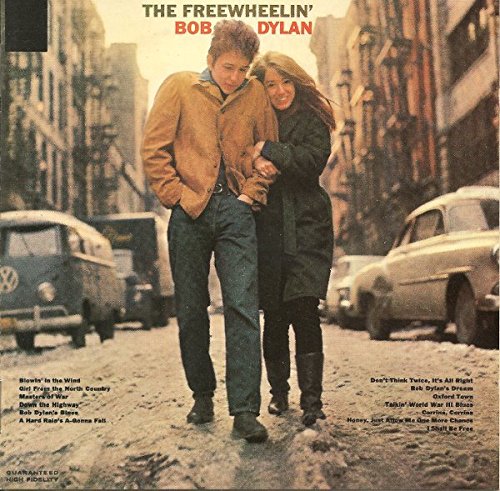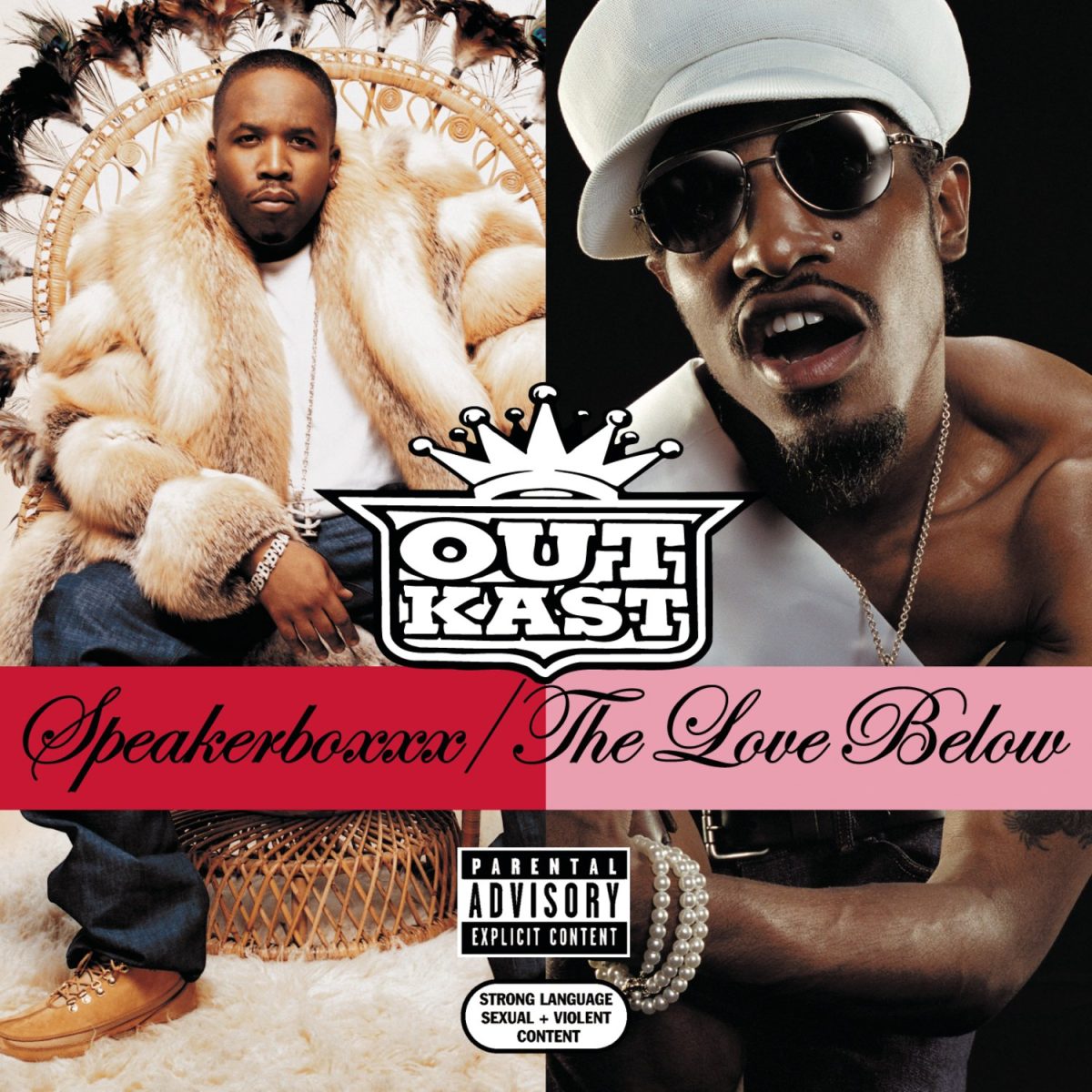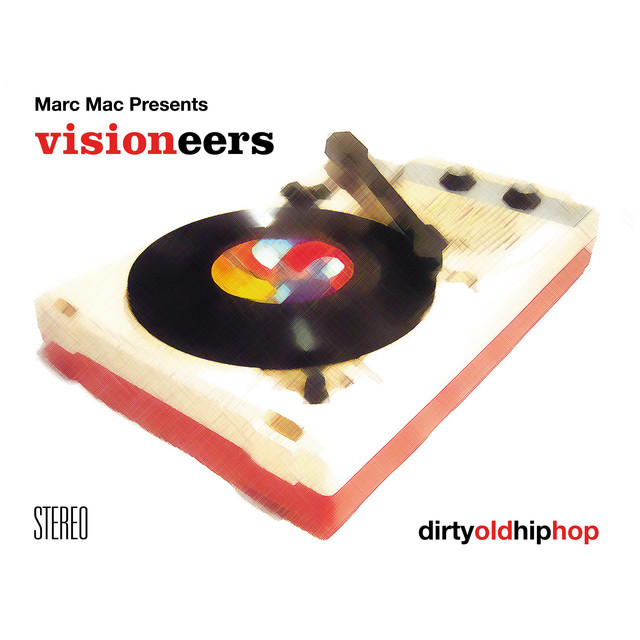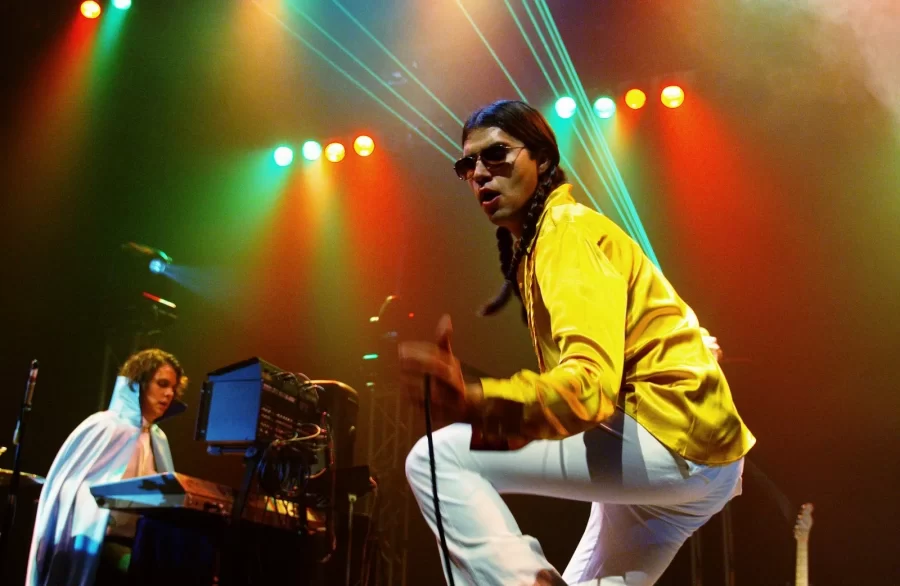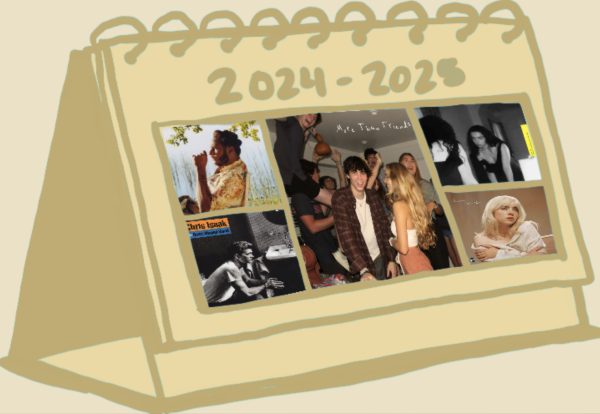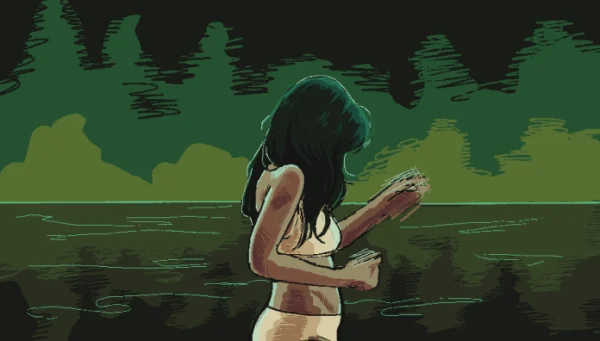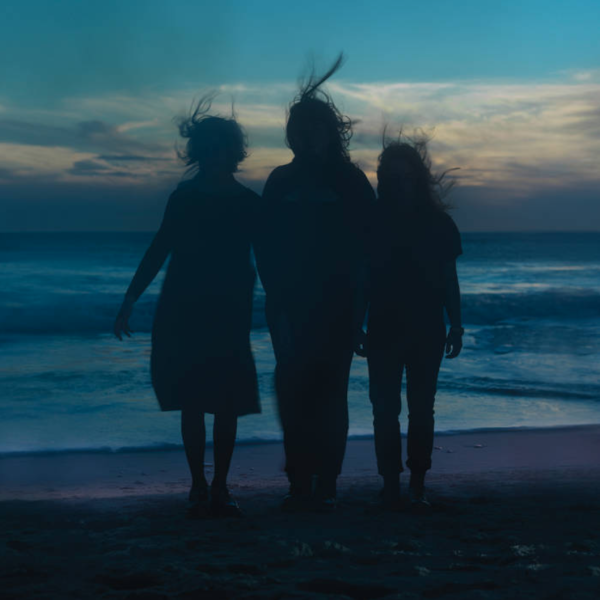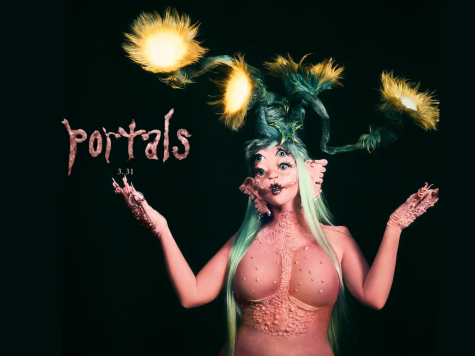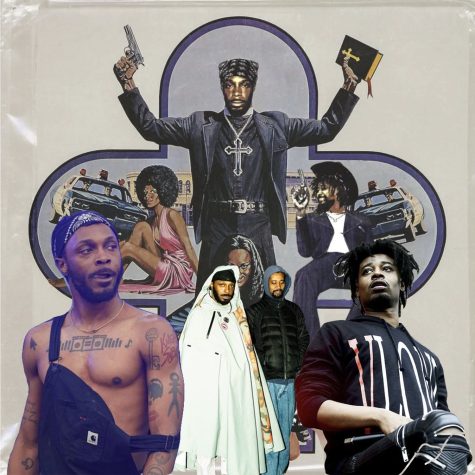Paparazzi Lightning
I can vividly remember the first time I heard “Sad Sad City,” the sixth track off of Ghostland Observatory’s Paparazzi Lightning. I had fallen down the YouTube indietronica rabbit hole and landed on a grainy concert video from 2007 with barely any views.
Once the video focused I was introduced to a scuffed stage, laden with speakers and wires and lit only by pulsing colored strobe lights. A man wearing a blue satin cape hunched over a synthesizer, his brow furrowed in concentration. Meanwhile, his counterpart— sporting aviators, white bell bottoms and two long black braids— wailed into the microphone above a pulsing crowd. I loved it.
Loamy yet electrifying, so unorthodox at first listen it was jarring, “Sad Sad City” soon became one of my new favorite songs. “It’s like if Daft Punk and Prince had a baby,” I said earnestly to my friend in a frenzied attempt to explain my new music obsession. A mezze of snares, lasers and electric guitar, “Sad Sad City” is a fervent disco earworm that inches deeper with each listen.
Ghostland Observatory—the Austin-based electronic rock and dance band whose concert I had stumbled upon— was founded in 2005 by Aaron Behrens and Thomas Turner. The duo’s glitzy, wired sound quickly catapulted them from a quirky local act to festival darlings who snatched headliner spots at Austin City Limits, Coachella and Lollapalooza during the late 2000’s.
Since discovering “Sad Sad City”, Paparazzi Lightning was high on my Barbara-listen-to-this-album-as-soon-as-you-get-some-free-time list and quarantine provided me with (plenty) of free time— so I put in my earbuds, cranked the volume and sat back for 34 minutes of magnetic synth and bass.
Paparazzi Lightning is entirely unlike any other album I’ve listened to. It pushes up against the ceiling, threatening to spill into the night sky with its pure energy. Every song demands that it’s listened to at a teeth-chattering volume, a dazzling culmination of pounding beats and inscrutable twists unique from any other album.
“Piano Man” mixes a discotheque, analog vibe with plucky piano keys to create an overwhelming dance beat, while “Midnight Voyage” is a moodier, retro track with liquid laser synth and murmurs of rock undertones. “Move with Your Lover” reminded me of “Sad Sad City”, automatically establishing itself as one of my favorites. The weak points for me were “Ghetto Magnet” and “I’ll Be Suzy”, but only because of my personal preference— neither lacked the infectious idiosyncrasies that unite Ghostland Observatory’s tracks or came off as a halfhearted attempt to stuff album slots.
Despite the fact that electronica, funk and rock aren’t my typical genres of choice, I can cross Paparazzi Lightning off my list knowing I have 10 new songs for my late-night quarantine dance parties, all of them laced with the same rich galvanism that drew me to Ghostland Observatory in the first place.
P.S. If you still aren’t a die-hard Ghostland Observatory fan after listening to Paparazzi Lightning, check out Snoop Dogg with Ghostland Observatory Soundclash on YouTube— you won’t be disappointed.

When Barbara Norton isn’t editing articles for The Pinnacle—alongside her marvelous, incredible, breathtakingly savvy editors-in-chiefs Julia Burdsall and Viansa Reid— she most likely has her head...








